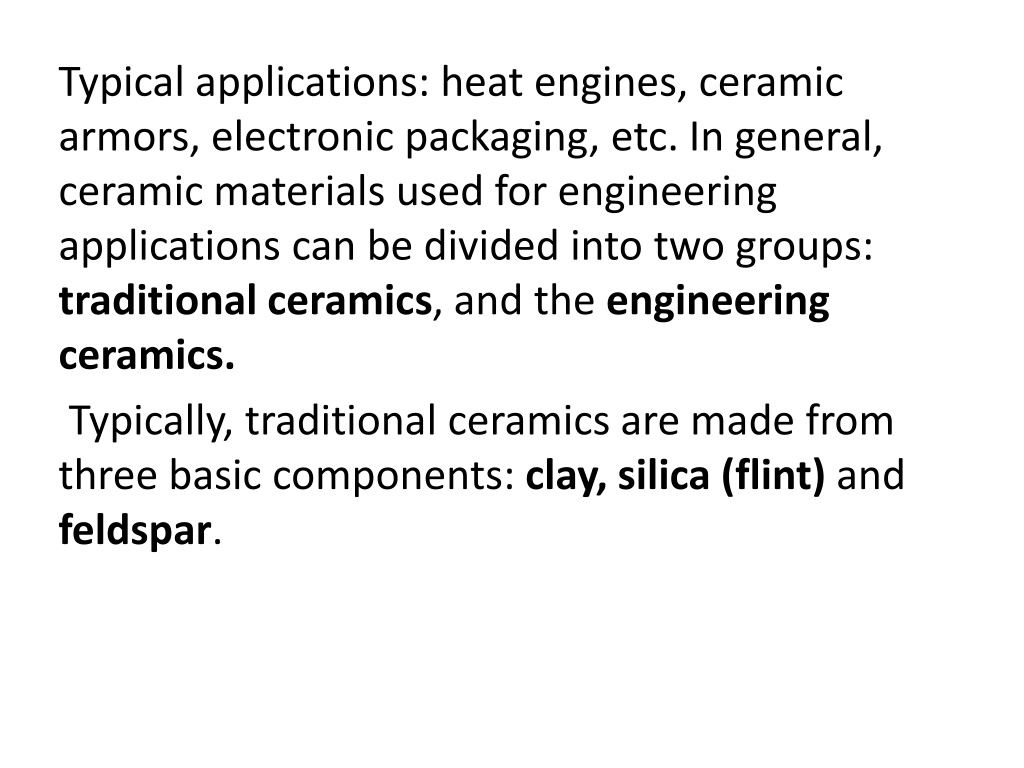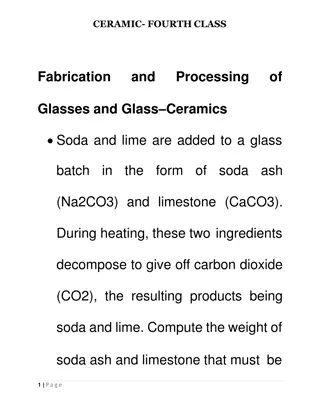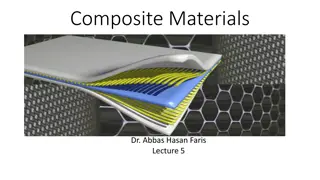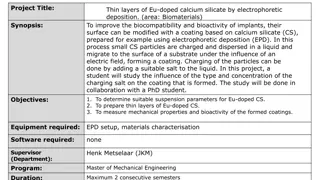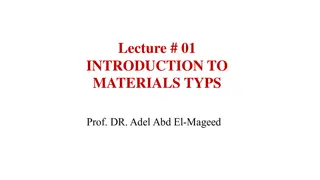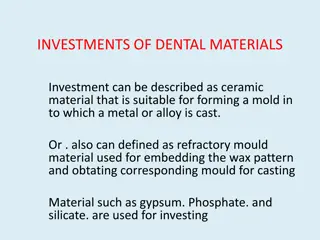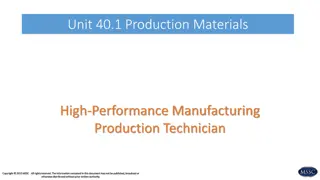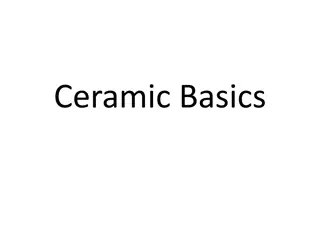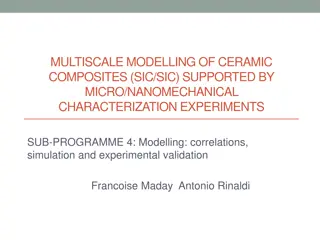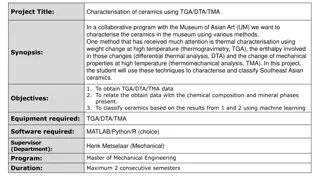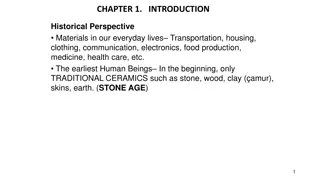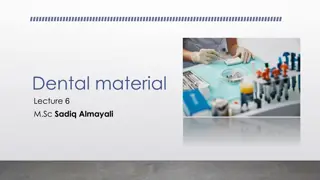Applications and Types of Ceramic Materials in Engineering
Ceramic materials play a crucial role in various engineering applications, from heat engines to knee joint components. Traditional ceramics and advanced engineering ceramics offer unique properties such as high mechanical strength, wear resistance, and thermal stability. The composition, properties, and uses of ceramic materials, including oxides, carbides, and nitrides, are explored for their significance in modern engineering technologies.
- Ceramic materials
- Engineering applications
- Traditional ceramics
- Advanced ceramics
- Mechanical properties
Download Presentation

Please find below an Image/Link to download the presentation.
The content on the website is provided AS IS for your information and personal use only. It may not be sold, licensed, or shared on other websites without obtaining consent from the author. Download presentation by click this link. If you encounter any issues during the download, it is possible that the publisher has removed the file from their server.
E N D
Presentation Transcript
Typical applications: heat engines, ceramic armors, electronic packaging, etc. In general, ceramic materials used for engineering applications can be divided into two groups: traditional ceramics, and the engineering ceramics. Typically, traditional ceramics are made from three basic components: clay, silica (flint) and feldspar.
Knee Joint Components. Improved quality of life, reduce wear and minimize the risk of allergies. ZrO2-metal free restorations Bearing Rollers made from Silicon Nitride Ceramic seal rings, axial bearings and radial bearings ensure highly reliable operation and long service life wherever fluids are pumped or gas is compressed.
Ceramic Materials Ceramic science is interested with studying the properties of all inorganic solids except metals and alloys, which are obtained as high temperature products for use in different applications, including ceramics, inorganic mineral materials made up of rocks and clays that formed in the form of oxides.
2. Advanced ceramics :consist of carbides (SiC), pure oxides (Al2O3), nitrides (Si3N4), non- silicate glasses and many others. It is also referred to as special, engineering ceramics. They exhibit superior mechanical properties, resistance, or electrical, magnetic properties. Usually their electrical, magnetic and optical combination of properties are exploited. technical, or corrosion/oxidation optical, and/or properties and
Ball Heads Ceramic Knife Ceramics are used in various textile machines as guide parts, thread processing nozzles, oiling nozzles, rollers and twister parts. Ceramic filter
Ceramic materials are inorganic, non- metallic materials made from compounds of a metal and a non metal. Ceramic materials may be crystalline or partly crystalline. They are formed by the action of heat and subsequent cooling.
